Roça Sundy, Príncipe
We are at Roça Sundy, a cocoa plantation on the island of Príncipe.
It is raining today; the kind of rain my Saskatchewan farmer/father would have welcomed, but seldom received.
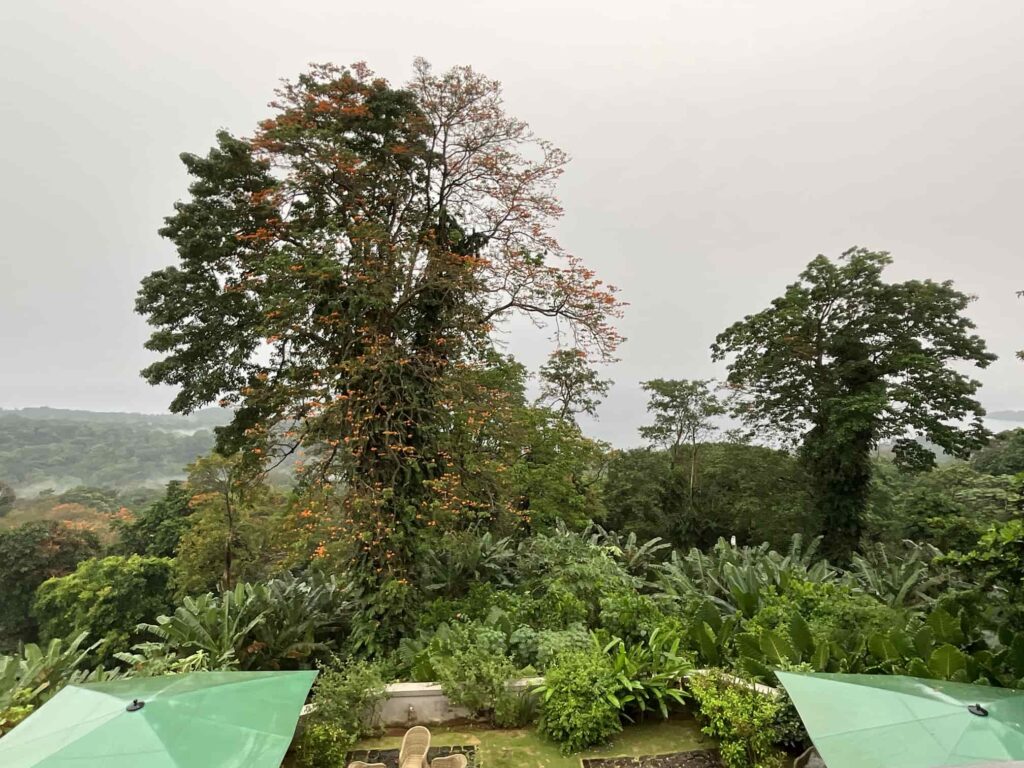
Steady rain, followed by days of equatorial sunshine is ideal for the production of cocoa.
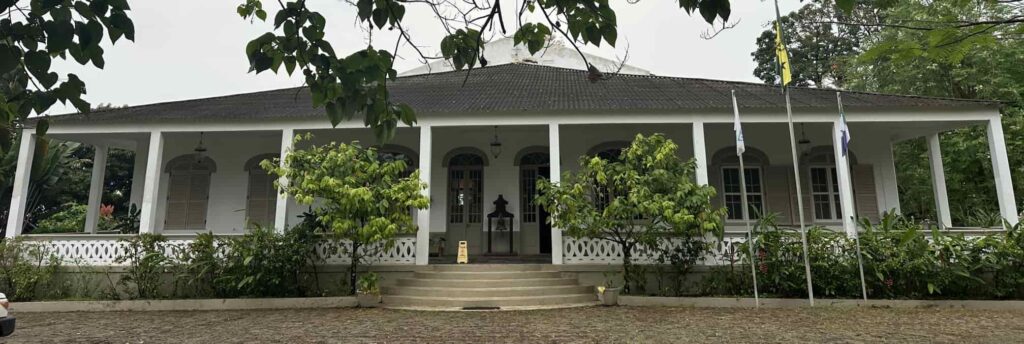
In colonial times, the Roça Sundy plantation consisted of a grand house, plantation buildings, and a church, surrounded by not-so-grand slave quarters.
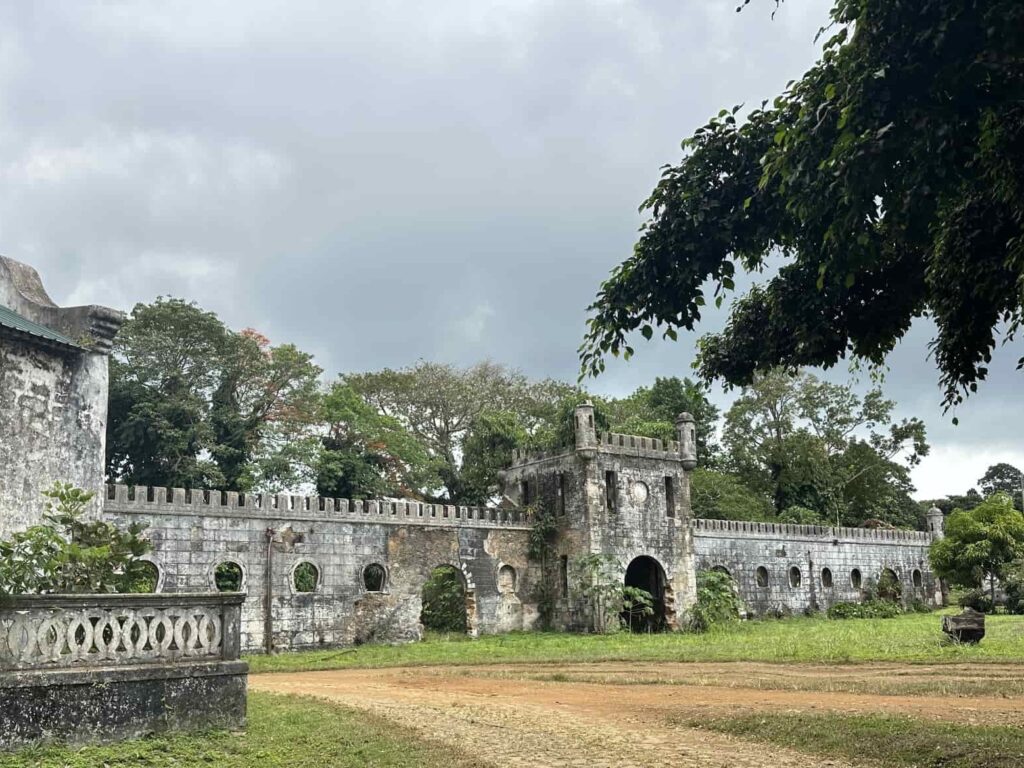
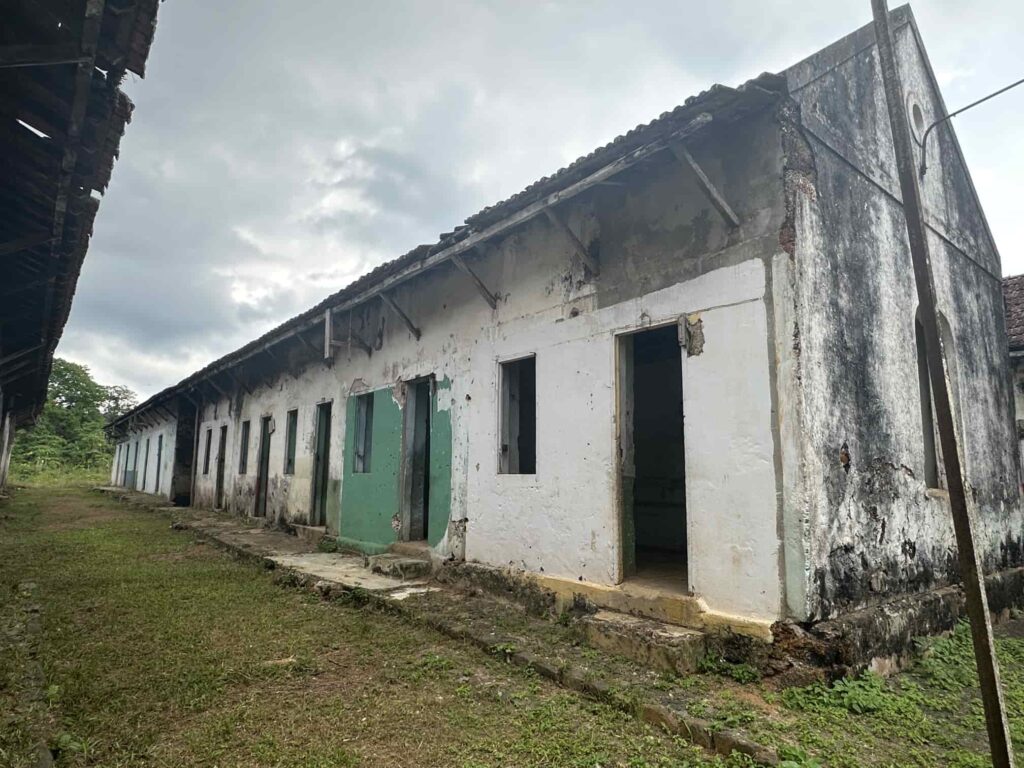
The castle-like horse and donkey stable on the left, and the slave quarters on the right, give some indication of the relative importance plantation owners placed on each.
São Tomé and Príncipe were once the largest producer of cocoa in the world, earning them the nickname The Chocolate Islands. Today, there is only a craft cocoa operation on the plantation, managed by local people.
Yesterday, we were guided through the cocoa fields, the bean processing sheds, and the drying racks.
The tour ended at the Roça Sundy chocolate factory.
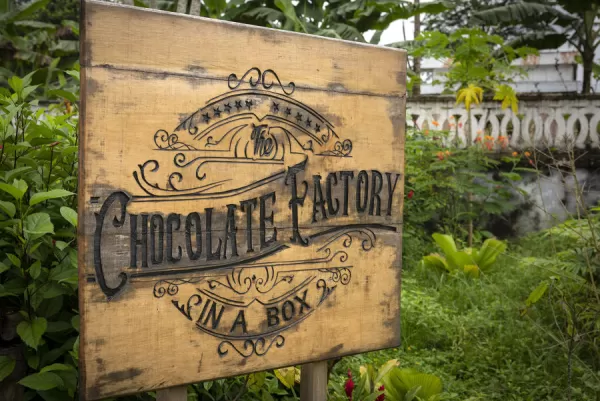
The rain delayed our plans to explore the islands today, so we sat on our balcony and consoled ourselves by researching and ingesting chocolate.
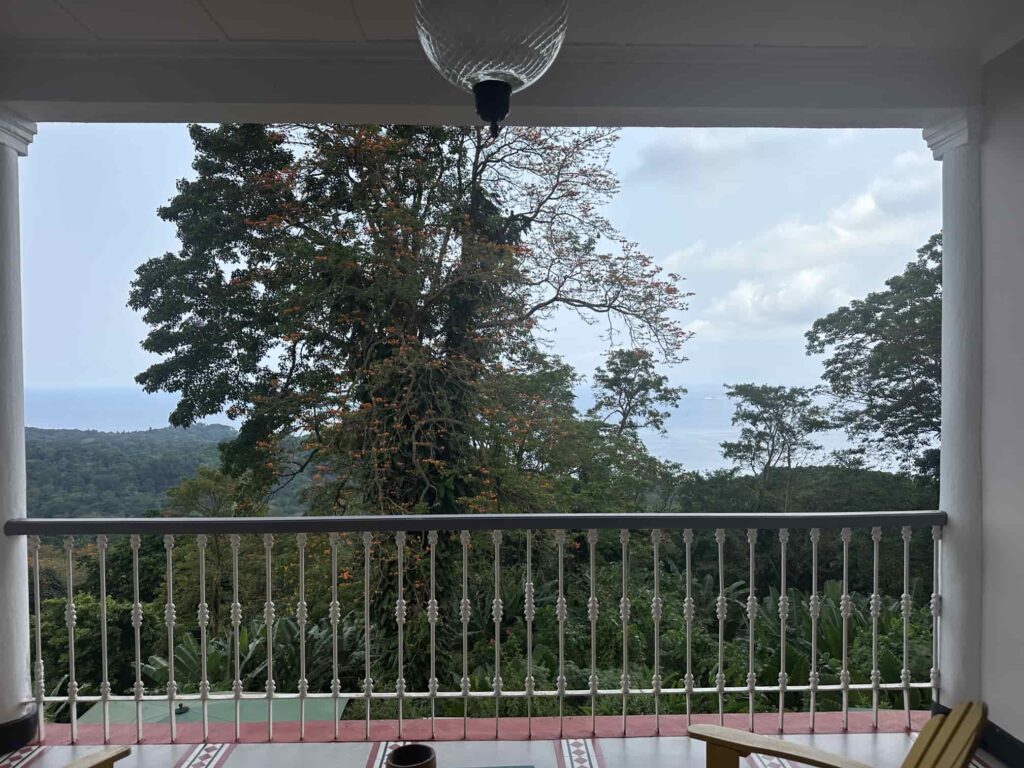
“Cacao” is the tree, “Cocoa” is the seed pod, the bean inside is a “Cocoa Bean” and also the powdery substance made from it (in organic chemistry the same powder is called “Cacaine”). “Chocolate” is the finished edible product, unless you liquify it, in which case it reverts back to “Cocoa”, or just “Coco”. “Cocoa Butter” can also be called “Cacao Butter”. An alcoholic drink made from “Cocoa” is “Crème de Cacao”.
Aren’t you glad you asked?
In colonial times, Roça Sundy plantation was capable of producing and marketing cocoa in quantities sufficient to build a grand house with stables, a narrow gauge railroad, a church, and plantation infrastructure, with surplus wealth exported to Portugal.
Today, small landholders and local cooperatives still produce cocoa, but production is much lower than during the colonial period. Cocoa produced by local farmers is sold to foreign brokers who reap the benefits of international sales.
There has not been much improvement in the circumstances of local cocoa producers. From slaves, to indentured servants, to subsistence farmers, their lives seem much the same.
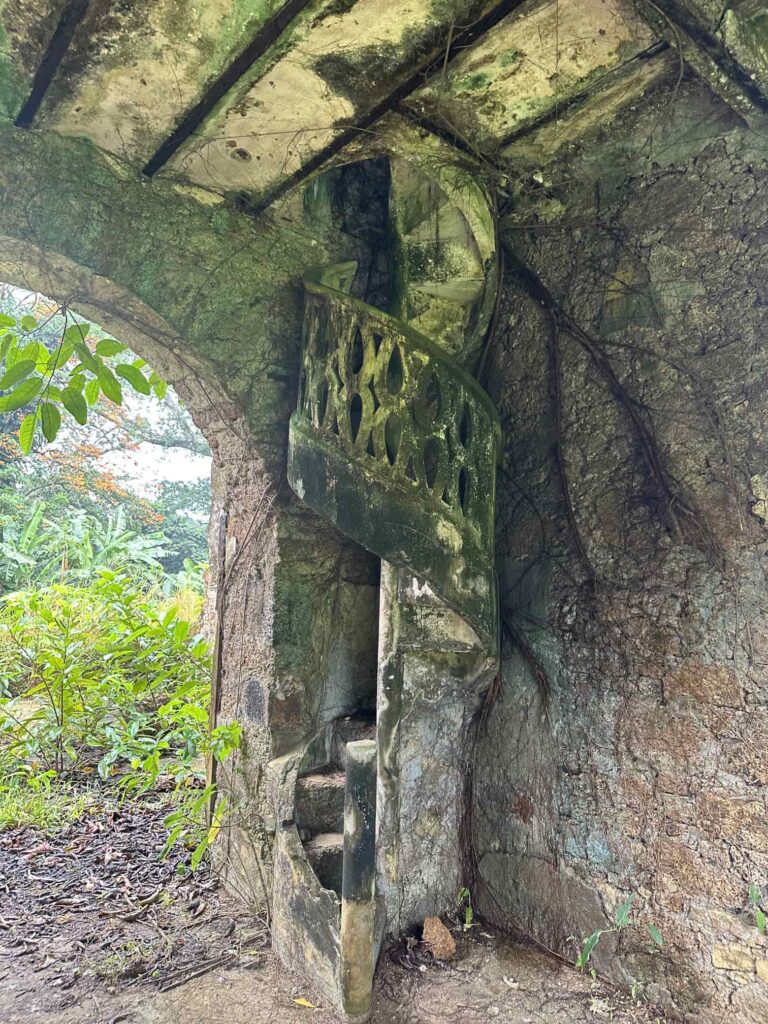
I am not sure why Roça Sundy’s colonial stable needed a spiral staircase, but it has one.
When colonialism ended and the plantation owners left, they took their knowledge of mass production, global transportation, and international marketing with them.
The people of São Tomé and Príncipe know how to grow cocoa, but they lack knowledge of how to manage or sell their product on the world market.
In Related News….
We met a young man on the airplane while we were enroute from Lisbon to São Tomé. Fernando was returning home after four years at university in Portugal, where he recently graduated with an international business degree. Fernando was excited to see his family after a long absence, but it will be a short visit as he is returning to university next month to complete a Master’s degree.
There are regular direct flights between Lisbon and São Tomé. The fact that Fernando has not returned home in four years, tells me that he lives with financial limitations.
I assume that Fernando’s family is putting everything they have into their youngest son’s education, in the hope that he will escape the poverty of São Tomé.
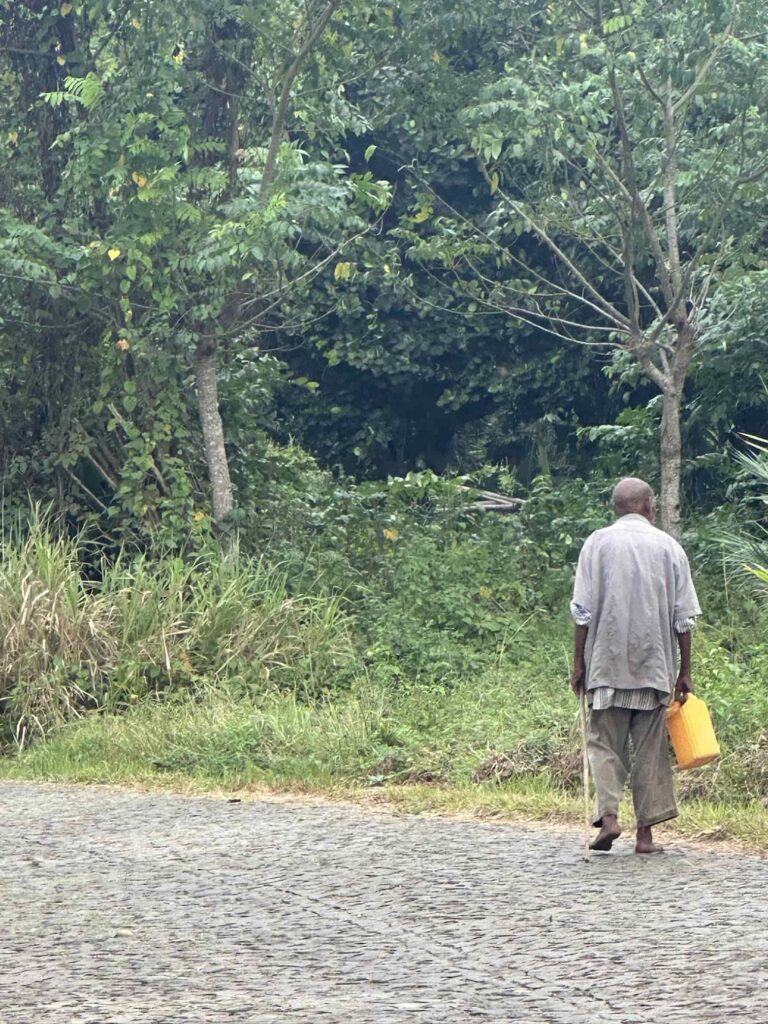
I told Fernando’s story to Neilton, our English speaking guide. Neilton said that academically gifted students are sometimes awarded scholarships to study abroad. Their families must supplement the student’s education, which is difficult for most of them.
I asked if the young man we met was perhaps from a more affluent family. Neilton responded with an unsettling answer; There aren’t any (affluent families).
GDP Per Person: São Tomé $3,167. Canada $44,380.
Neilton’s story is also compelling.
He elevated his circumstances by learning English through a combination of education and by guiding English-speaking tourists. Neilton is 44 and has eight children, five biological and three adopted.
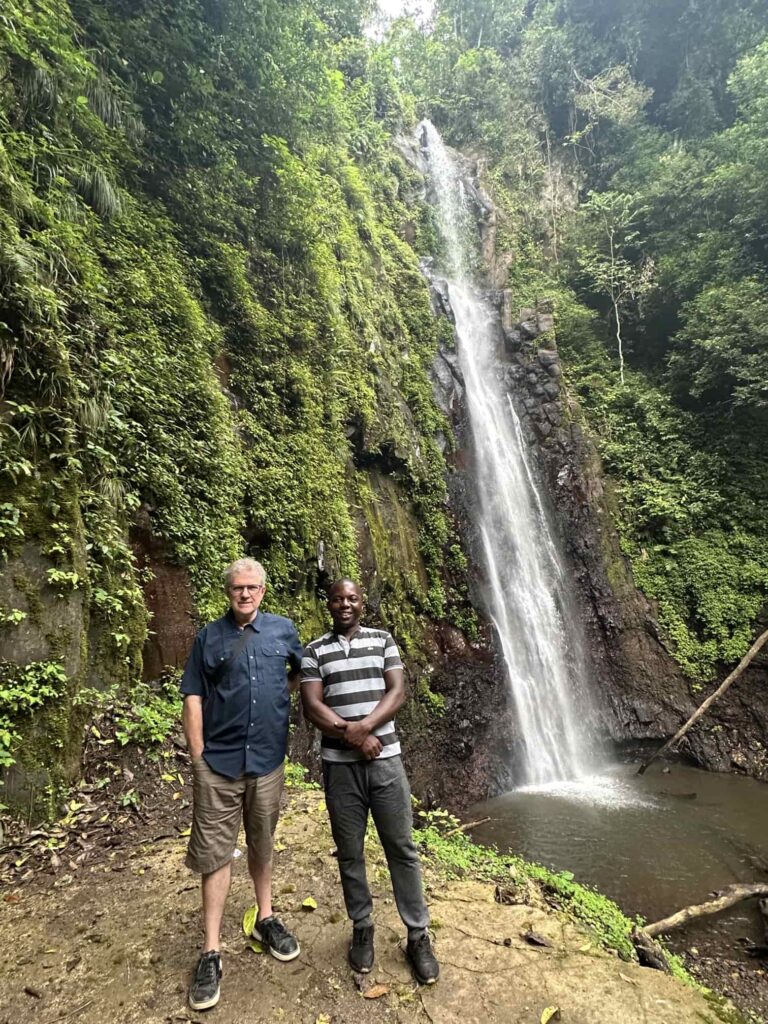
Neilton and one of those English-speaking tourists.
Neilton teaches English as a second language, guides tourists, raises a family of eight, and still has time for political aspirations.
While he drove us around the island, Neilton regaled us with observations about the state of the local economy and his political opinions.
Everywhere we went, people waved and exchanged banter with our affable guide. It is clear that Neilton is determined to make a difference for the people of his country.
There is hope for a better future.
São Tomé and Príncipe is ready for men like Fernando and Neilton. Next time we visit, we may have contacts with an international cocoa trader, or even …
… the President.
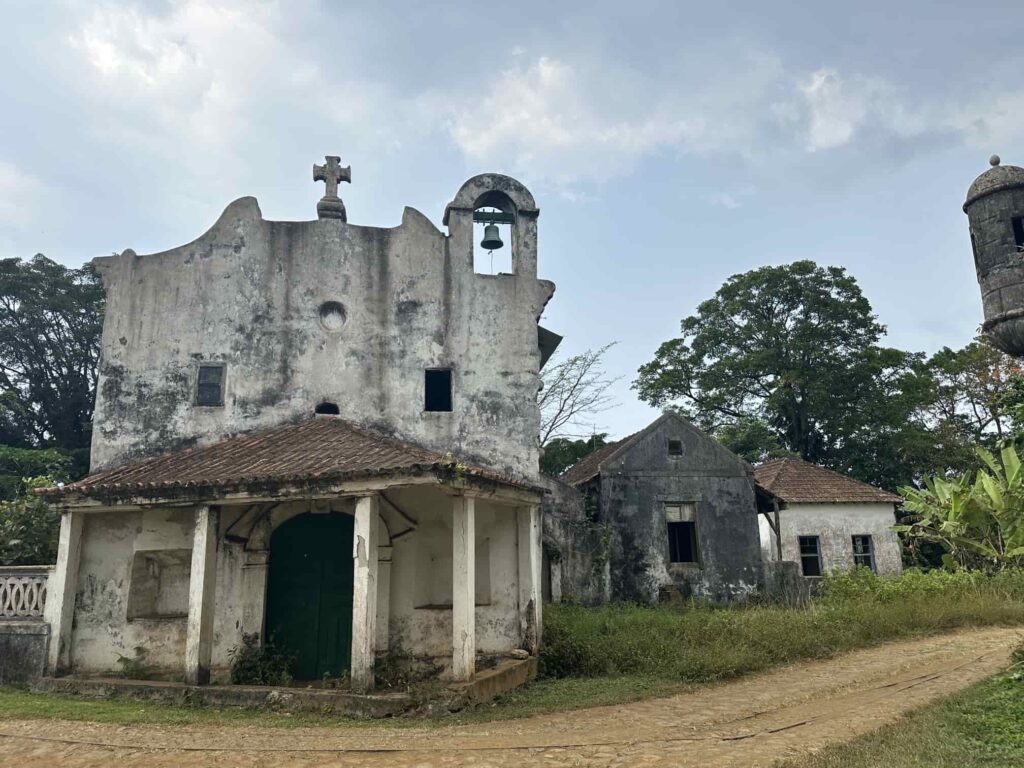
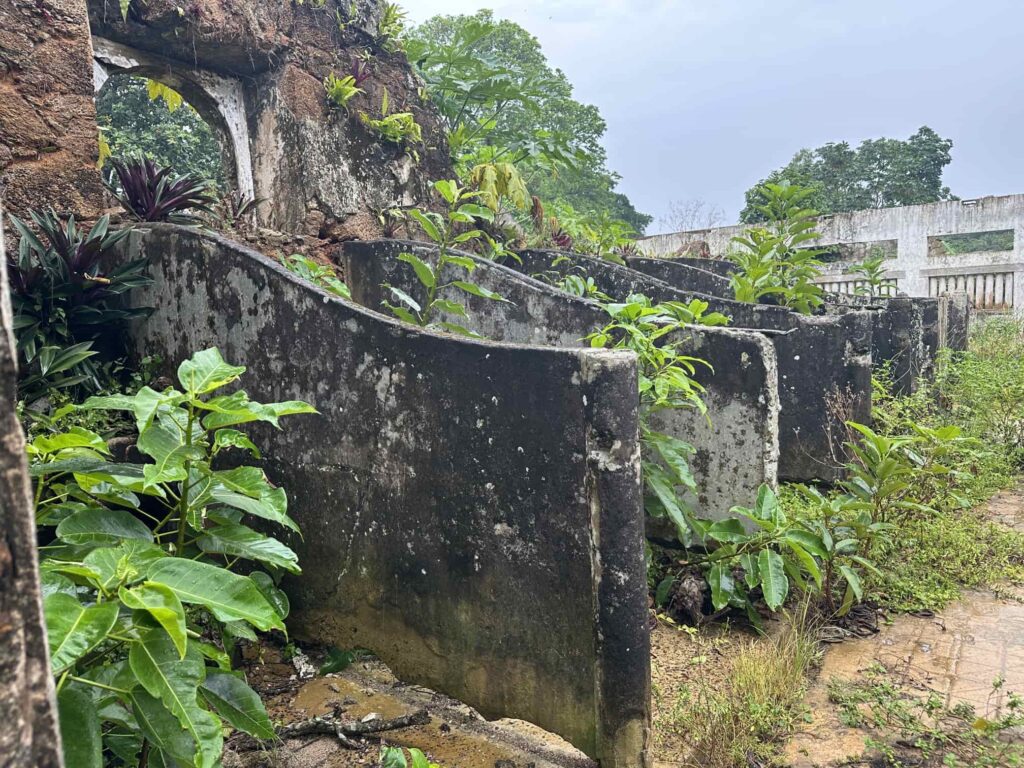
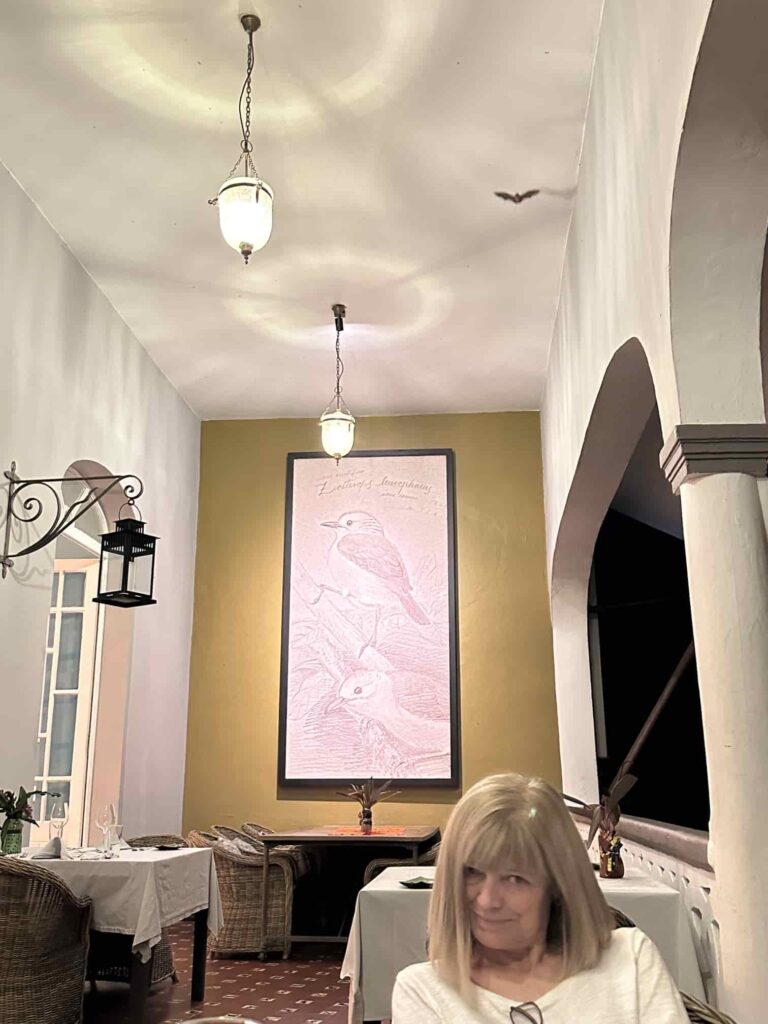
A church, a stable, a bat in the dining room, and an unimpressed Bear.
Like and Subscribe…
To join the WellWaterBlog audience, scroll down and add your e-mail address to the growing list. You will receive a notice each time a new article is posted and nothing else – No Advertising, No Solicitations, No B.S., Just Fun.


Millie
I agree that you are meeting some incredible people. Good to see you both are so adventurous.
Russ Paton
This journey has been an adventure, mostly within personal tolerance levels, but occasionally we get outside our comfort zone. Thanks for riding shotgun!